Christian Hoetterges
Electromobility
Our day-to-day work centers on smart ways to plan for and make informed decisions about complex questions and challenges in mobility. Count on us to make the most of intelligent software to deliver the solution that fits your needs for scheduling charging for individual vehicles, managing fleets, or pinpoint the best spots for municipal charging infrastructure.
Our singular domain expertise spans the entire mobility ecosystem. Let us draw on it to put your use case into practice. We combine this insight with our technical skills in cloud computing, data science, AI, and digital engineering to provide precisely the consulting you need. What’s more, we can put this expert advice into practice by handling software and systems development or customization for you
Our value proposition is iteratively comprised of the following steps
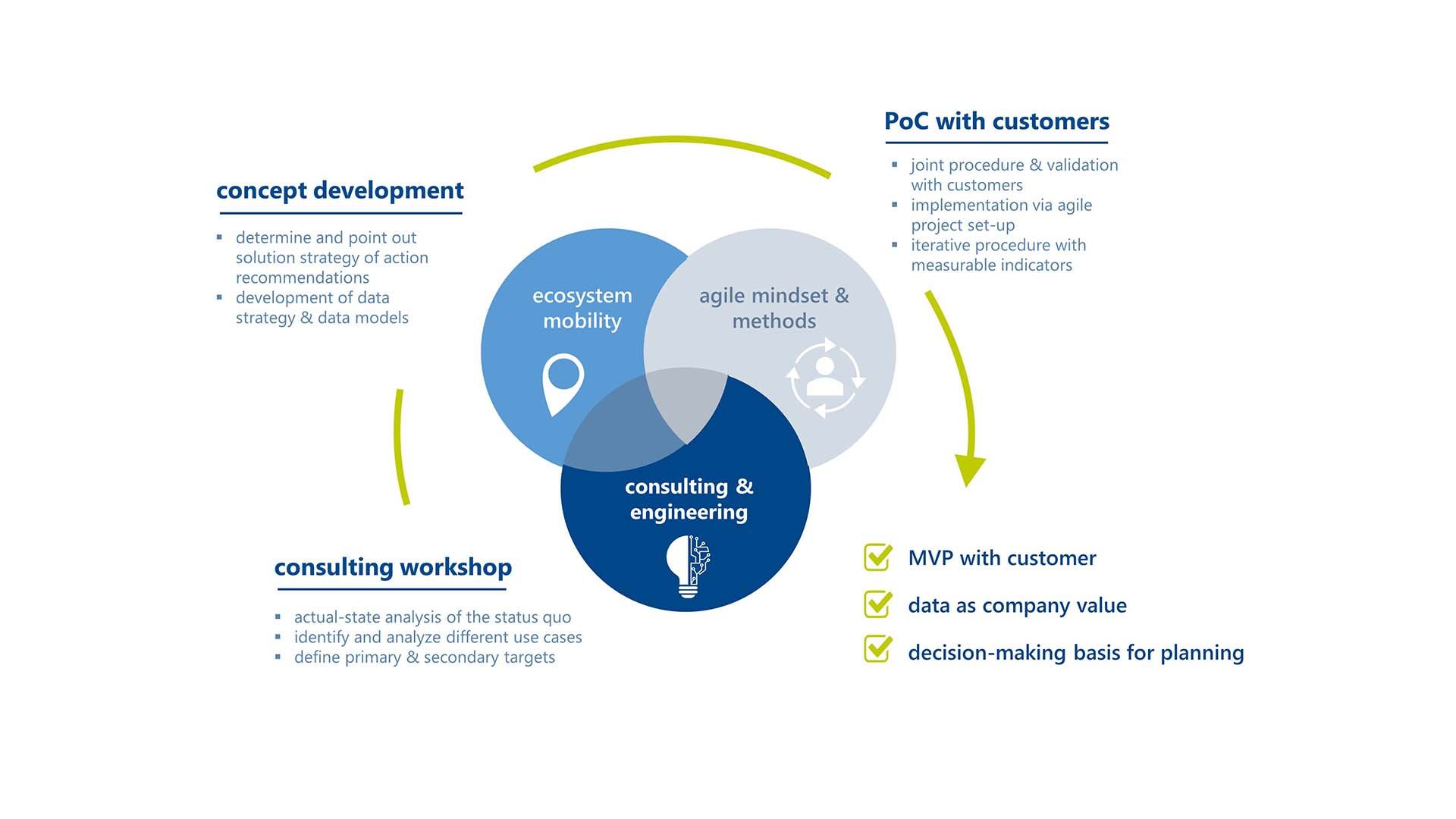
A new world is dawning in mobility, a universe where the old ways of routing passenger and freight transportation are being reinvented across domains. And logistics, maritime transportation, and micro-mobility will all have to be factored into the equation. Engineers continue to draw on data gleaned from maps and charts, but they also have to consider data from other sources in the ecosystem, such as environmental and infrastructural data.
With so much data to handle and such complex issues to resolve, optimization often presents a towering challenge. This is why we count on multi-criteria optimization to achieve the best possible outcomes for conflicting objectives.
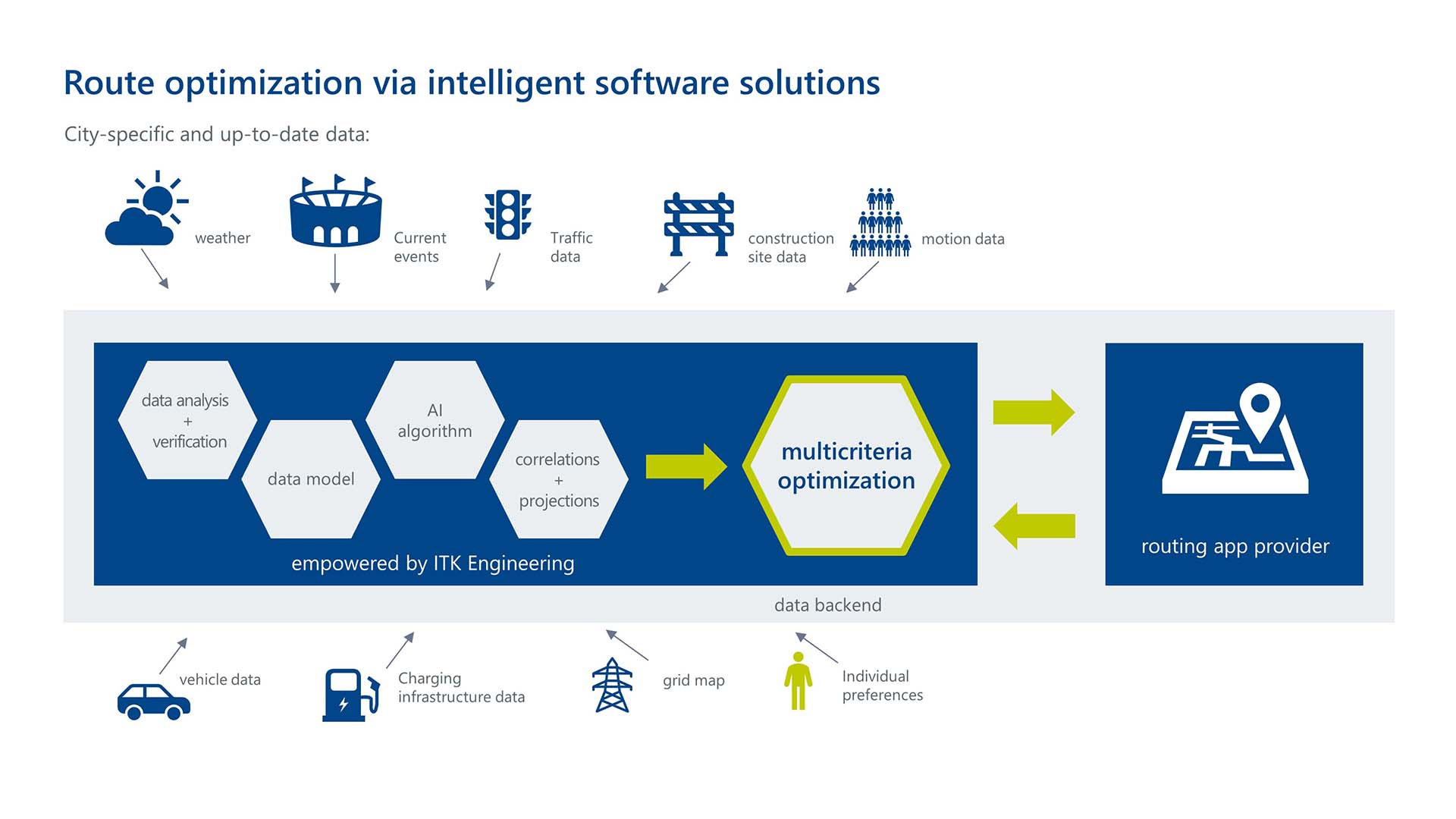

Intelligent software solutions are able to draw on the available vehicle, environmental, infrastructural, and traffic data to optimize charge planning. They take into account the conflicting interests of all stakeholders in the e-mobility ecosystem. This way e-car drivers can reach a distant destination in a cost-effective way that also saves time, spares the battery, and reduces energy consumption. A major stepping stone towards more convenient and attractive electromobility, this makes a persuasive case for its everyday use and widespread acceptance.
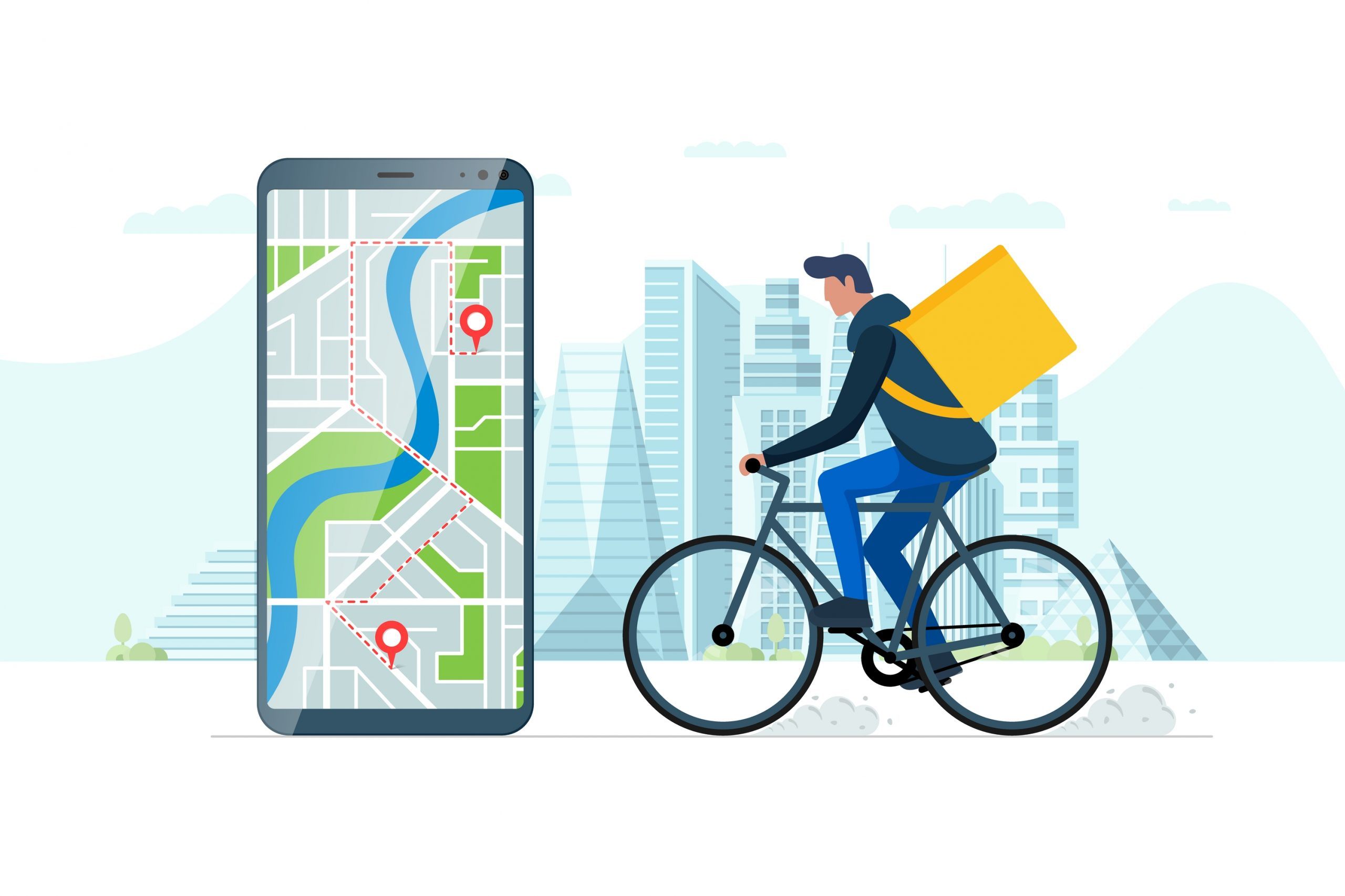
The last mile in logistics requires a routing algorithm that acknowledges and caters to the unique needs of cargo bike delivery fleets.
Several target criteria can be taken into account, such as travel time, charging costs, energy consumption, and the like. Of course, the software merely offers a recommendation. The final decision is up to the driver, dispatcher, or another SW service.
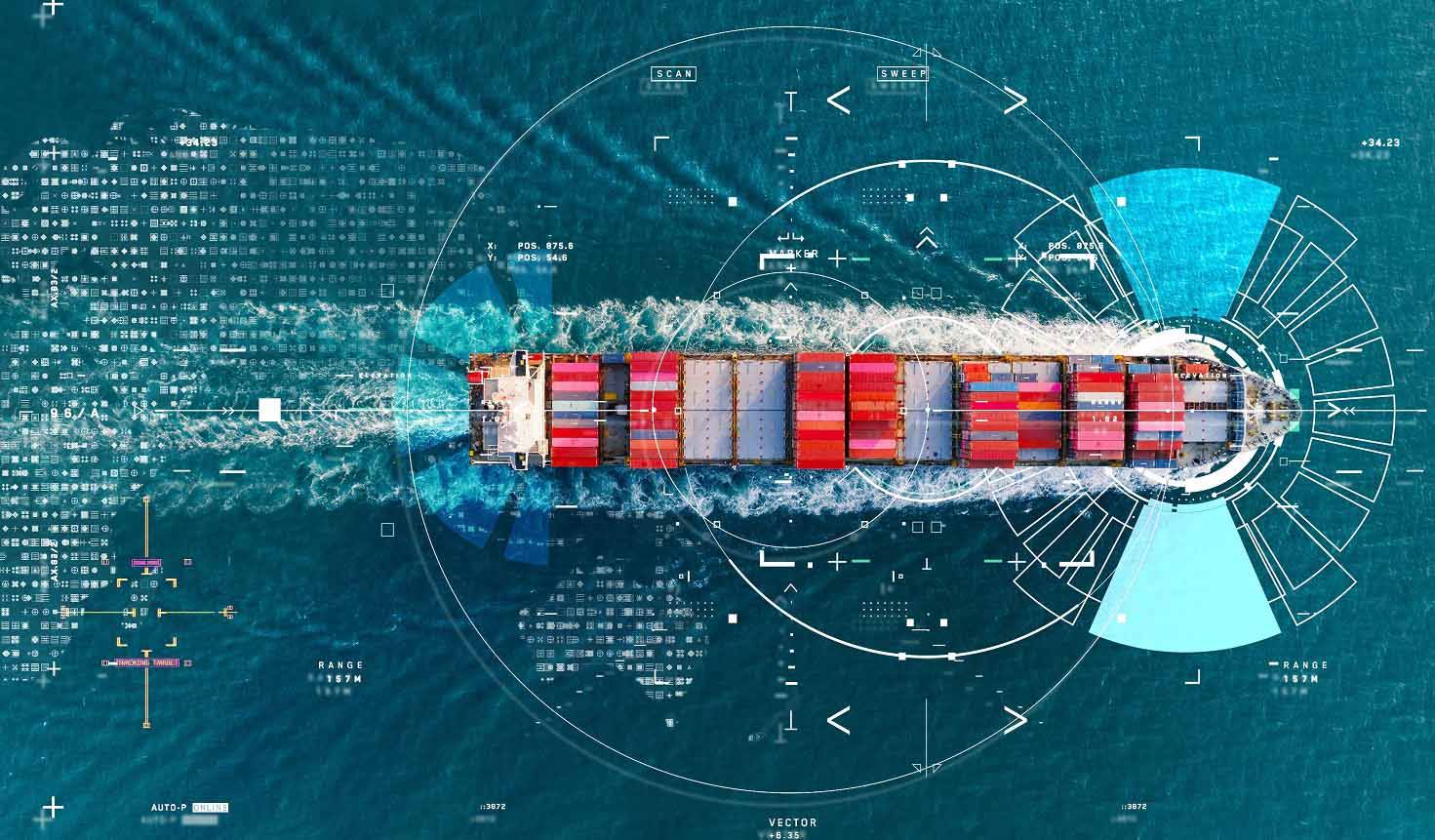
Optimizing shipping routes is so much easier and more effective with AI-driven software. After all, AI can learn from data gathered on previously taken routes. Weather data, ship performance metrics, energy consumption figures – all this is a treasure-trove for machine learning algorithms to exploit in the interest of optimizing shipping routes. Multi-criteria optimization is also an option. It provides the means to optimize each shipping operation to suit very specific requirements and even pursue multiple objectives, such as the fastest route paired with the lowest possible energy consumption.
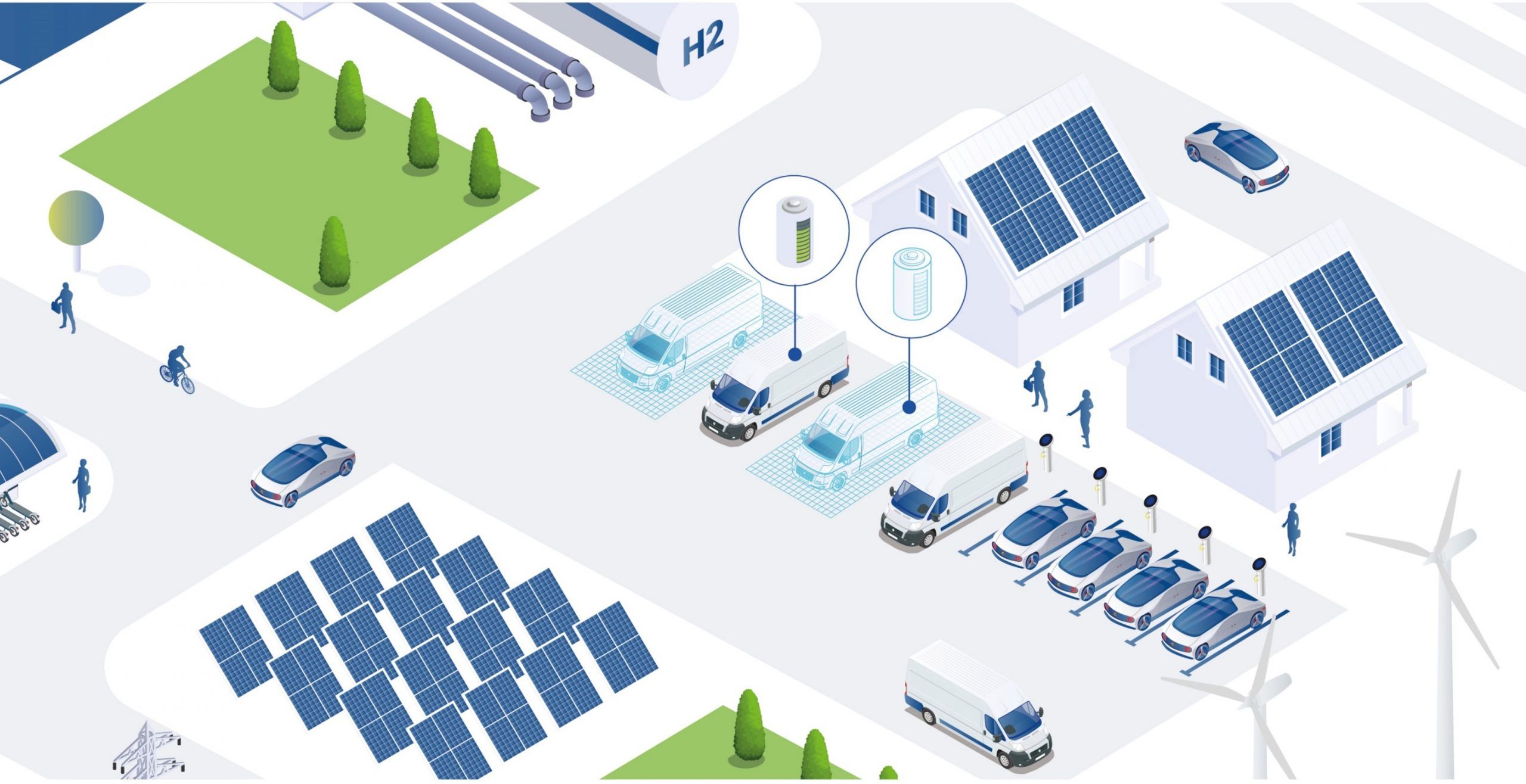
Electromobility continues to make inroads as efforts to phase out fossil fuels, cut carbon emissions, and curb air pollution gain traction. This transition to electric vehicles poses challenges and presents opportunities for fleet operators. We believe the digital twin could help fleet operators rise to the challenges associated with the exit from fossil fuels.

Intelligent software solutions run simulations to help you make informed decisions when planning and positioning future public EV charging infrastructure. Co-simulations factor the needs of charging station providers, power grid operators, and users into the localization equation to find the best spots for charging points. All parameters may be adjusted individually and flexibly to pursue several objectives and enable comparisons of different expansion options.
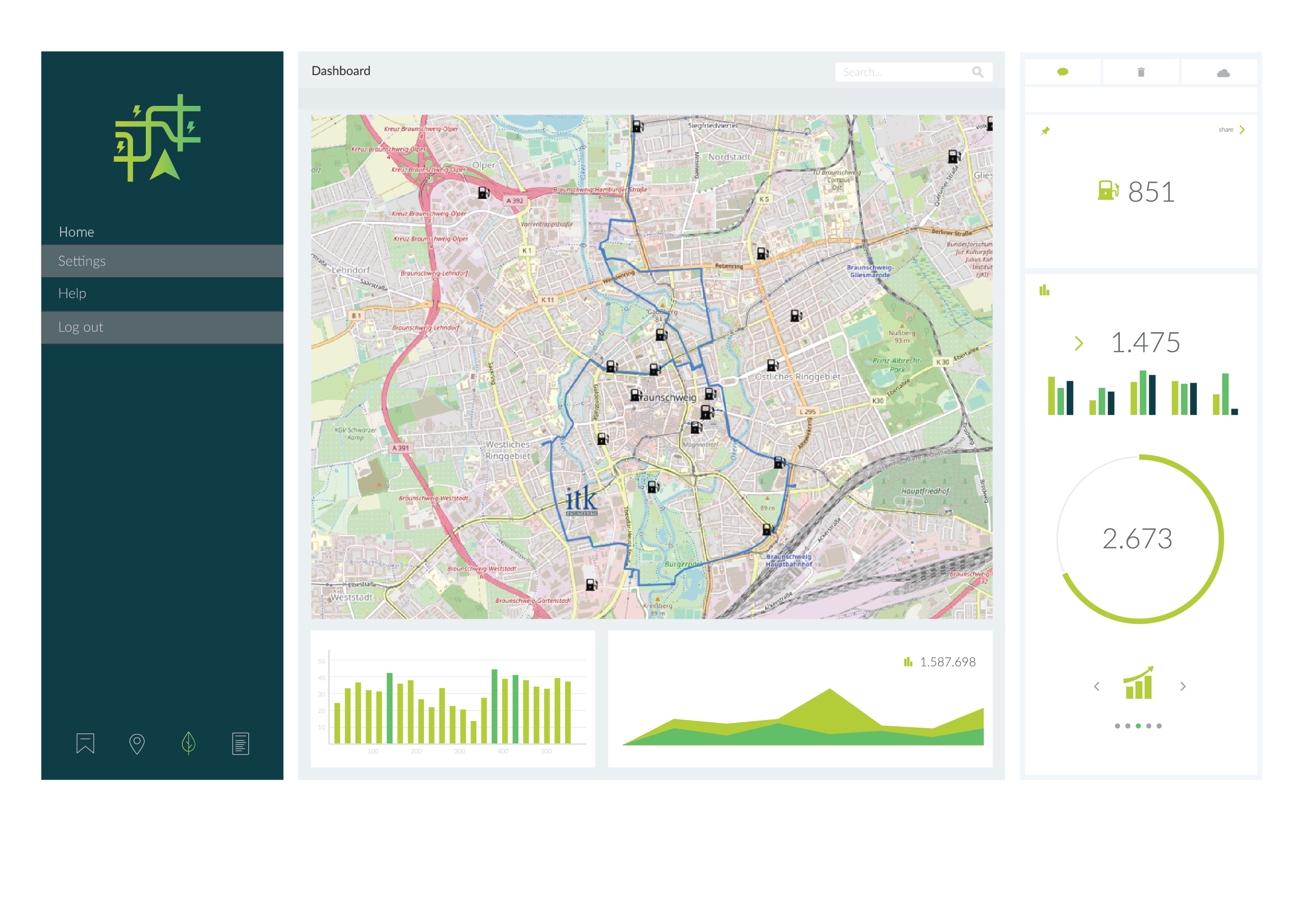
The first step is to map the perspectives of different stakeholders to individual models, which are then merged in a co-simulation to identify the dependencies between multiple interests. These models can be new, developed from the bottom up to make a particular decision, or second-hand – that is, sourced from other projects. Engineers can define parameter sets to analyze realistic scenarios and prepare for future expansions at the same time. Detailed simulations of foreseeable developments can also help improve decision-making.